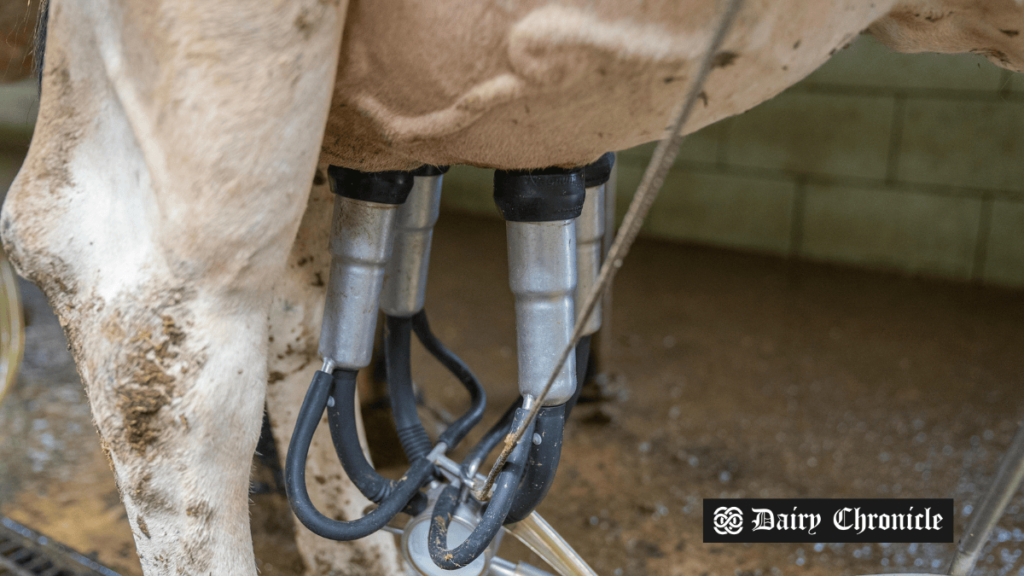The dairy farming sector in Germany is experiencing a significant decline, with the dairy cow population dropping by 2.8% from June 2023 to June 2024, outpacing the EU average. This trend reflects broader challenges in the dairy industry across Europe.
In Germany, the dairy farming sector is facing significant challenges as the dairy cow population decreased by 2.8% from June 2023 to June 2024, dropping to 3.67 million head. This decline is notably faster than the EU average of 2.3%, according to data from the European Union’s Statistical Office (Eurostat), as reported by Agrarheute on October 10.
The decline in Germany’s dairy cow population is a reflection of broader trends affecting the dairy industry across Europe. In the 13 EU countries where census data was collected, these nations account for 89% of the EU’s total dairy herd, which now stands at 17.80 million head.
Among the EU countries surveyed, Italy recorded the most significant reduction in its dairy herd, experiencing a decrease of 5.7% and bringing its population to approximately 1.7 million cows. France, the second-largest milk producer in the EU after Germany, also saw a reduction, with its dairy herd declining by 2.0% to 3.1 million head.
Interestingly, Ireland has seen a steady growth in its dairy population since 2010; however, recent data shows a decrease of 1.4%, resulting in a total of 1.62 million dairy cows. Poland’s dairy herd experienced a slight reduction of 0.1%, remaining at 2.19 million cows, while the Netherlands recorded a 2.0% decline to 1.545 million head. In contrast, Romania was the only country among the surveyed that reported an increase, with a 0.2% rise in its dairy cow population to 1.09 million.
The decline in dairy farming across these countries raises concerns about the future sustainability and productivity of the sector, which plays a crucial role in the agricultural economy of Europe. The ongoing challenges faced by dairy farmers, including economic pressures and changing consumer demands, may continue to impact production levels in the months ahead.



